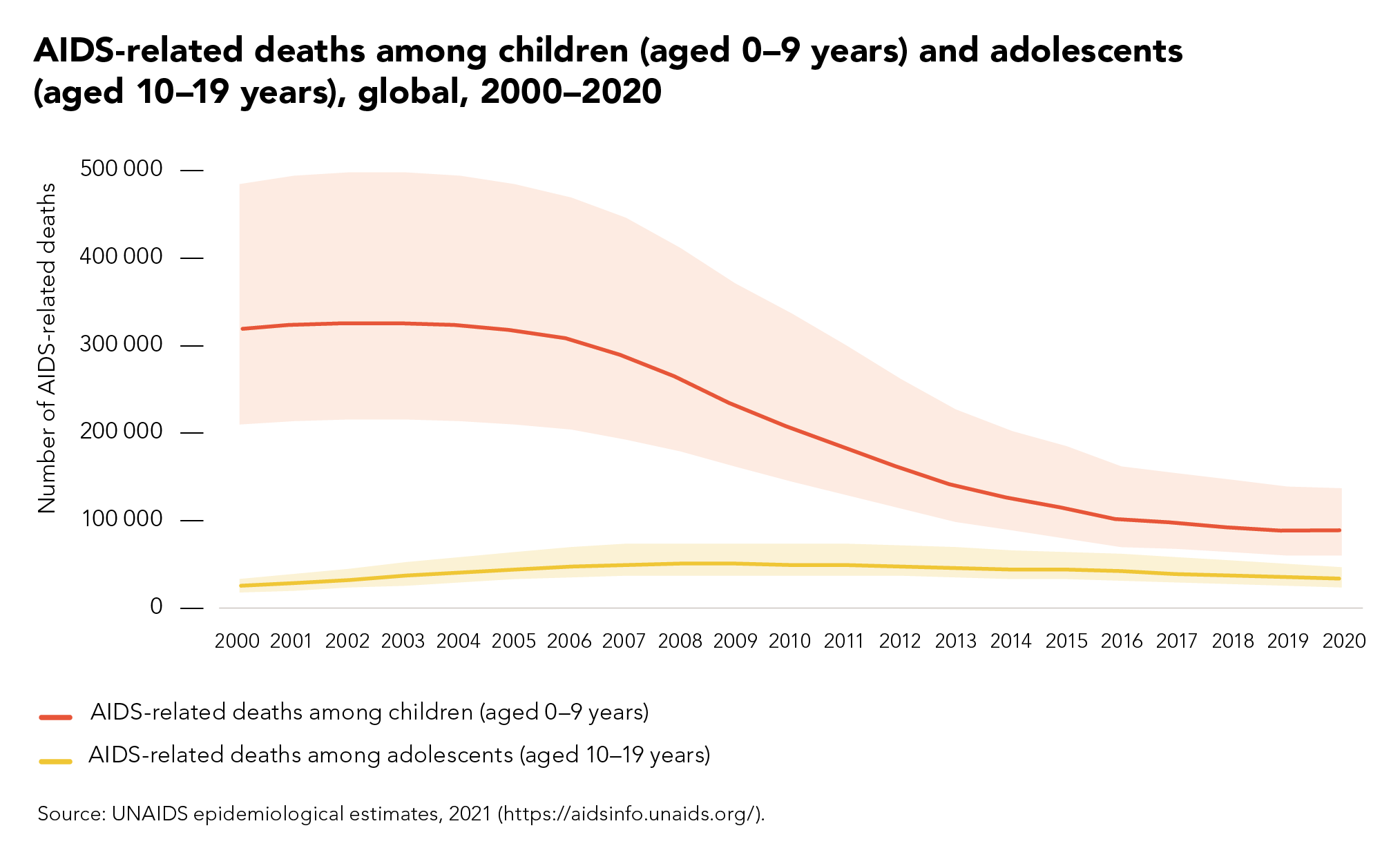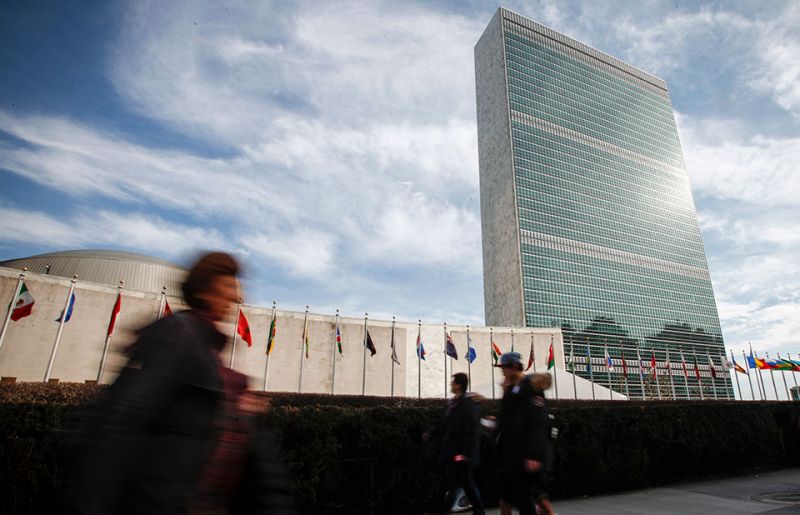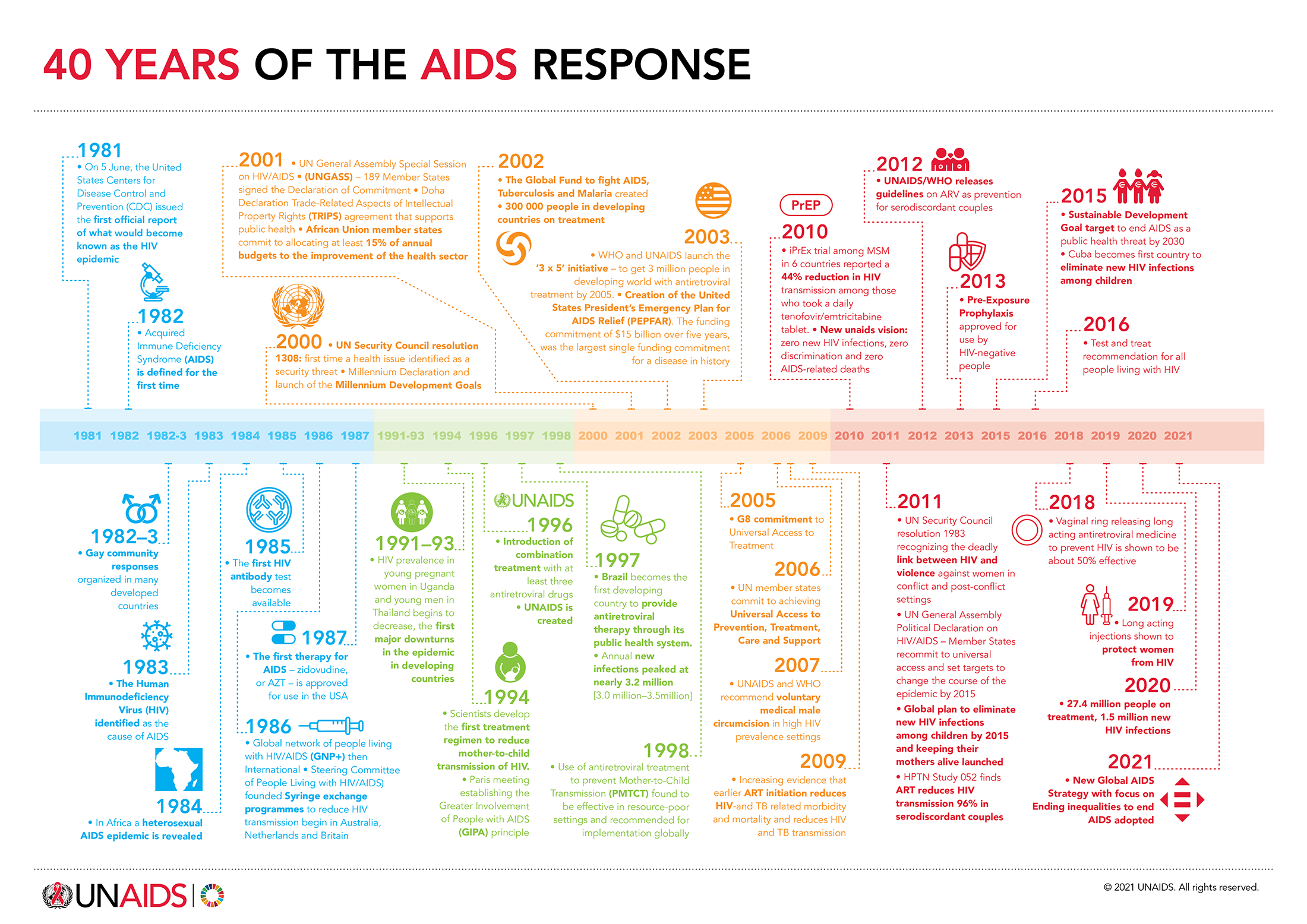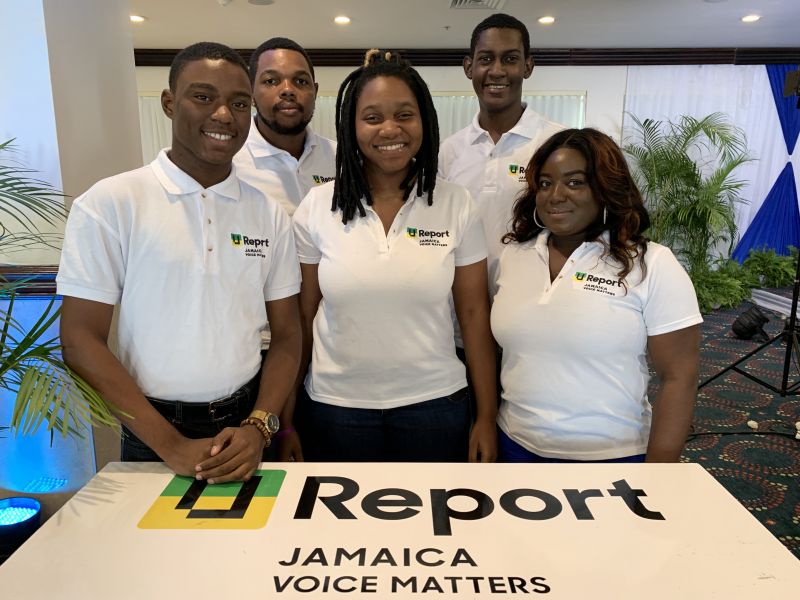“We are demanding that you step up and finally do your part,” said Yana Panfilova, a young female activist from Ukraine who is living with HIV, at the United Nations High-Level Meeting on AIDS in June 2021.
A leader of the regional adolescent-led movement Teenergizer, she emphasized the vulnerability of young people to HIV and the need to provide care and support to adolescents living with HIV and she called on world leaders to keep young people at the forefront of the AIDS response.
“If we are going to make real change, these four things must become a reality: comprehensive sexuality education in all schools, in all countries; psychosocial support and peer support for every adolescent with HIV and young key populations; community-led HIV services immediately as the reality, not the exception; and an HIV vaccine and a functional cure,” Ms Panfilova added.
All these recommendations are critical in eastern Europe and central Asia, which is facing the world’s fastest growing HIV epidemic. At end of 2020, there were 60 000 young people aged 15–24 years living with HIV in the region. Many young people remain unaware of their HIV status, and late HIV diagnosis remains a significant challenge in the region.
There are multiple barriers and obstacles in almost all countries in eastern Europe and central Asia for adolescents and young people to access HIV services and care. In many countries there is an absence of adolescent-centred HIV testing and counselling, there are requirements for parental consent for HIV services, there is a lack of access to modern contraceptives and there are confidentiality issues and stigma and discrimination. Harmful norms, taboos related to sexual and reproductive health, inequalities, gender-based violence, COVID-19-related obstacles and mental health problems are further barriers to access to HIV services.
Although significant progress has been achieved over the past 30 years in providing adolescents and young people in eastern Europe and central Asia with access to sexual education and other services, the level of knowledge about HIV prevention among people aged 15–24 years in the region remains low—as low as less than 3% in Tajikistan.
Different approaches have been used by civil society and community-led organizations to reach young people who are vulnerable to HIV. For example, the Dance4life project in Belarus, Kyrgyzstan, Kazakhstan, the Republic of Moldova, the Russian Federation and Ukraine reaches vulnerable young people with the Journey4Life Programme (J4L). J4L helps adolescents aged 14–18 years develop healthy interpersonal relationships that are free from violence and coercion and based on respect for gender equality and teaches them how to maintain their sexual and reproductive health, focusing on the prevention of HIV, unplanned pregnancy and sexually transmitted infections. It aims to reach 1400 young people by the end of 2021 in Kazakhstan and Kyrgyzstan, with support from UNAIDS and the United Nations Educational, Scientific and Cultural Organization.
A recent survey among adolescents run by Teenergizer showed that the availability of HIV treatment for adolescents is not enough to keep them alive. Treatment interruption is a significant reason why adolescents continue to die in the region. According to the survey, HIV-related fears, psychological vulnerability, treatment fatigue and stigma are significant risk factors for treatment interruption among adolescents. The survey noted that they need support from their peers, communities and doctors, and they often need professional psychological help.
In her United Nations High-Level Meeting on AIDS speech, Yana Panfilova remembered Diana, who recently died of an AIDS-related illness. “This year, I was angry when we lost Diana. She was only 19, born with HIV. But she had pills that were impossible to take, no mental health support and no confidentiality. Like millions of people with HIV, she was killed by inequalities. Millions of people with HIV may have HIV pills, but they live in a world where their families and their societies do not accept them for who they are.”
Svetlana Izambayeva, who organizes It’s simple! summer camps for children and adolescents living with HIV in the region, explained that adolescents living with HIV are often socially isolated and lonely—they are scared to talk about their diagnosis and fear for their future. The camp’s attendees receive psychological care and support, create networks and support others.
“We need more political leadership, more data on adolescents and young people, more programmes to address the gaps and more funds for the youth response. But here in the region we already have a growing movement of adolescent and young leaders which we must nurture, fund and further support,” said Lena Kiryushina, the UNAIDS Youth Officer for eastern Europe and central Asia.






